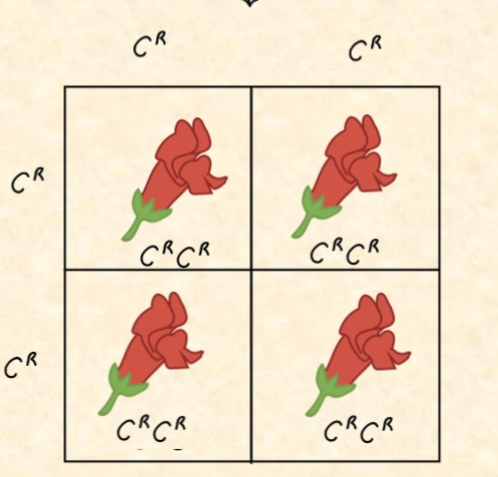Lec 3 - Artificial Selection & Genetic Variability
1/5
There's no tags or description
Looks like no tags are added yet.
Name | Mastery | Learn | Test | Matching | Spaced |
|---|
No study sessions yet.
6 Terms
A. The trait is heritable
B. The trait is encoded in the genome
The Cit+ strain can digest citrate whereas the
Cit- strain cannot how do you know it’s an
adaptation? (multi-answer)
A. The trait is heritable
B. The trait is encoded in the genome
C. The E. coli grow bigger
C. Non-random process in which the
reproductive success of members of a
population best suited to the environment
leads to some heritable traits becoming more
common.
Which of these gives the best description of
natural selection?
A. The survival of the fittest.
B. Through time, species accumulate
differences; as a result descendants differ
from their ancestors. In this way, new species
arise from existing ones..
C. Non-random process in which the
reproductive success of members of a
population best suited to the environment
leads to some heritable traits becoming more
common.
D. The overproduction of offspring in
environments with limited natural resources.
E. A change in the proportion of alleles within a
population.
C. Organisms who most successfully pass
on their alleles in a specific situation
People commonly use the phrase “survival of
the fittest” to encapsulate evolution by
natural selection. It is a problematic and
misleading phrase. Thinking about natural
selection and evolution, what does “fitness”
mean in terms of natural selection?
A. Organisms that are the strongest
B. Organisms that are best able to survive
C. Organisms who most successfully pass
on their alleles in a specific situation
D. The biggest, baddest or hardest
organism.
E. A-C only because D is stupid: “baddest”
isn’t grammatically correct.
B. This is artificial selection
because a barrier to population
growth was placed by humans.
D. These e. coli evolved a new
trait.
In the experiment outlined
before – large plate with
antibiotic and E. coli added.
Which is true? (multi-answer)
A. This is natural selection
because the scientists don’t
choose which organisms mate
B. This is artificial selection
because a barrier to population
growth was placed by humans.
C. This is not evolution, because
it is still e. coli in the end.
D. These e. coli evolved a new
trait.
E. They all hold true
All of the preconditions for evolution by natural
selection hold true for artificial selection except:
I. Variation in traits must exist in a population
II. This variation must lead to differences among
individuals in lifetime reproductive success
III.Variation among individuals must be genetically
transmissible to the next generation
A. I
B. II
C. III
D. II, III
E. They all hold true
B. They would stay red.
If I took plants with only red
flowers and allowed them to
breed what would happen?
A. They’d get redder and
redder until they were the
reddest red things.
B. They would stay red.
C. They would eventually
turn white
D. You would get a 1:2:1
ratio of red pink and
white flowers
